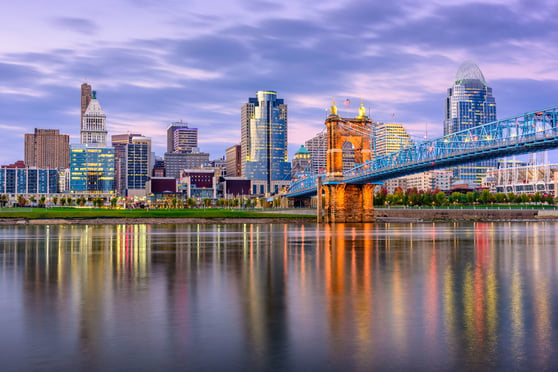 View Slide Show |
March 15, as GlobeSt.com previously reported, a crane collapsed at East 51st Street and Second Avenue, killing seven. At the time, Mayor Michael Bloomberg acknowledged the danger of high-rise construction, but said residents near cranes were generally safe. That incident led to the resignation of Patricia Lancaster, the city's buildings commissioner, and raised concerns over whether or not the DOB has been doing everything in their power to keep sites safe.
Charles Brady, director of capital goods equity research at BMO Capital Markets, tells GlobeSt.com that it's difficult to pin down a specific answer as far as who is accountable when an accident like this happens, and it is also difficult to tell whether or not rules and regulations are being enforced, as they vary by jurisdiction. "The ones that are most likely to get blamed are going to be whoever is erecting the crane. Unless there was something deficient in the crane itself, you wouldn't look to the crane manufacturers," he says. "It would be highly unlikely that it would be a manufacturer."
Brady continues to explain that crane accidents "are actually more common than people realize." He points out that with a large tower crane falling into a building, such as what happened on the Upper East Side, it is widely known and reported on, however "there are a lot of smaller accidents people don't hear about, such as when a truck crane topples over in a less populated area for carrying a larger load than it can handle, for example."
He explains that "yes, it is possible to envision a scenario where you could simply blame a, perhaps understaffed, building department, who perhaps couldn't physically get to the cranes to inspect, however it is hard to know if that is the case or not," he says. "At the same token though, you have to look at these companies who are putting together the cranes. It's one thing to blame inspectors, but the crane needs to be put up correctly and properly secured and operated in order to be safe."
Mayor Michael Bloomberg said at a news conference that "what has happened is unacceptable and intolerable. Having said that, we do not know at the moment what happened or why." Bloomberg added that it appears the builders followed regulations. According to published reports, which site city building department records, "inspectors stopped crane work twice last month, once because they said a crane lacked the proper permit and was being operated in an unsafe manner."
The DOB did not respond to GlobeSt.com queries by deadline. According to the American Society of Safety Engineers, US statistics estimate that between 64 and 82 construction workers are killed and 263 are injured each year working around cranes and derricks. ASSE members say that "crane accidents are more likely to cause injuries and/or death than most other types of equipment, according to statistics." ASSE also notes that "comprehensive training programs for crane operators are a must when it comes to preventing fatalities and injuries."
Acting buildings commissioner Robert Limandri, says in a prepared release that although he has no reason to believe the cause of the crane accident was in any way similar to the crane accident that took place on March 15, he has "suspended all tower crane erection, dismantling and jumping operations in New York City until Monday, June 2, 2008 to enable our cranes personnel to focus on remedial work that must take place to make the 91st Street site safe."
He continues that the DOB will conduct an investigation into the cause of the accident, and "forensic experts will be focusing on a particular weld that failed and will be fully examining the crane model--Kodiak--which is no longer in production. There are currently four Kodiak cranes in use in New York City. I am ordering immediate re-inspections of these models and a review of all of their maintenance logs in an attempt to ensure that whatever caused the collapse is isolated to this particular crane."
Limandri also notes in the release that he will bring industry experts, labor, crane owners, maintenance companies and OSHA personnel together to "make immediate recommendations for our ongoing efforts to make crane operations safer.
Continue Reading for Free
Register and gain access to:
- Breaking commercial real estate news and analysis, on-site and via our newsletters and custom alerts
- Educational webcasts, white papers, and ebooks from industry thought leaders
- Critical coverage of the property casualty insurance and financial advisory markets on our other ALM sites, PropertyCasualty360 and ThinkAdvisor
Already have an account? Sign In Now
© 2024 ALM Global, LLC, All Rights Reserved. Request academic re-use from www.copyright.com. All other uses, submit a request to [email protected]. For more information visit Asset & Logo Licensing.








